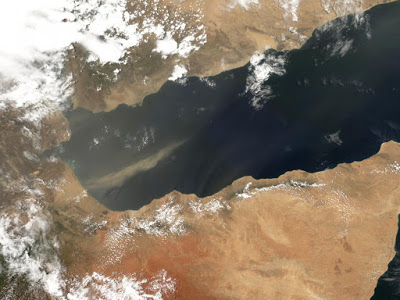
Research at continental rifts, mid-ocean ridges, and transforms has shown that new plates are created by extensional tectonics, magma intrusion, and volcanism. Studies of a wide variety of extensional processes, ranging from plate thinning to magma intrusion, have helped scientists understand how continents are broken apart to form ocean basins. However, deformation processes vary significantly during the development of continental rifts and mid-ocean ridges. In addition, ocean ridges are offset along their length by major transform faults, the initiation of which is poorly understood.
Data documenting active processes have proven difficult to obtain because most ridges are submerged with only rare portions of the divergent plate boundary being exposed on land. Therefore current knowledge about the length and time scales of magmatism and faulting during rift evolution as well as the mechanisms of initial development of mid-ocean ridges and transforms is limited. In this themed issue, Carolina Pagli and colleagues present contributions that document the wide variety of processes acting at divergent plate boundaries and transforms in order to synthesize some of the most relevant research topics about plate extension and to identify the important questions that remain unanswered.
Reference:
Introduction: Anatomy of rifting: Tectonics and magmatism in continental rifts, oceanic spreading centers, and transforms Carolina Pagli et al., Dipartimento di Scienze della Terra, Università di Pisa, Via S. Maria 53, 56126 Pisa, Italy. New themed issue: Anatomy of Rifting: Tectonics and Magmatism in Continental Rifts, Oceanic Spreading Centers, and Transforms. This article is OPEN ACCESS online at DOI: 10.1130/GES01082.1
Note: The above post is reprinted from materials provided by Geological Society of America.










